In a slow-growing period, the way to break through the performance bottleneck is to inject fresh blood into the company, or focus and innovate. Taking this as a guide to look at the history and layout of ON Semiconductor, it is not difficult to find that ON Semiconductor is actually the perfect model for focusing and innovation. The predecessor of ON Semiconductor was Motorola's Semiconductor Components Division, which was spun off from Motorola in 1999. The product line includes analog ICs, discrete devices and power devices. Over the years, revenue has been fluctuating at $2 billion, but by 2014, it has crossed $3 billion, and by 2018 it has reached $6 billion. How did ON Semiconductor achieve this big leap?
ON Semiconductor's revenue in 2000 was $2.08 billion, and its revenue declined significantly in 2001 due to the market downturn, and it has not improved for a long time. But by 2014, ON Semiconductor’s revenue had increased to $3.16 billion, and the mystery of this growth came from acquisitions.
Significant acquisitions include the acquisition of AMIS in 2008, the acquisition of California Micro Devices in 2010, and the acquisition of Sanyo Semiconductor and Cypress's image sensor business in 2011. From these acquisitions, ON Semiconductor has continuously enhanced the strength of its full line of power management, power devices, sensors, etc., and increased the value of its products in automotive, industrial, communications and other applications.
After acquiring the Cypress image sensor business, ON Semiconductor acquired Truesense in April 2014, acquired image sensor supplier Aptina in August 2014, acquired IBM's Israel Millimeter Wave Radar R&D Center in 2017, and acquired the core technology of laser radar through the acquisition of SensL in Ireland in May 2018. Through several years, ON Semiconductor has grown into a global supplier of all-round automotive intellisense solutions for image sensors, laser radar, millimeter wave radar, and ultrasonic, and has established a strong presence in the sensing markets such as industrial and AI. At present, ON Semiconductor has 2,000 IPs in the sensor market and has the most intellectual property in the industry.
Looking back at the growth history of ON Semiconductor, it is not difficult to find its strategic success. First, while ensuring that its core products (analog ICs and power management, etc.) continue to evolve, ON Semiconductor has set a visionary goal of being a comprehensive provider of IntelliSense solutions.
With the right strategic guidance, the tactics of ON Semiconductor were successfully implemented. In terms of tactics, the first is a firm acquisition strategy. The main indicators considered by ON Semiconductor to acquire a company are market share and market growth rate. In addition, whether the company has a strong product line, and these product lines complement the ON Semiconductor product line, and help ON Semiconductor better cover the strategic key application market, is also an important indicator of ON Semiconductor. Second is the integration of the newly acquired business. A major risk of M&A is often business integration. For many years, ON Semiconductor's business integration has been largely successful.
In 2018, ON Semiconductor's total revenue was nearly $6 billion, and its output value doubled in four years. Among them, the automotive sector accounts for about one-third of the revenue, the industrial sector accounts for about a quarter of the revenue, and the communications sector accounts for about one-fifth of the total. The automotive and industrial sectors are the main sectors. In the business unit, the Power Solutions Division, the Simulation Solutions Division, and the IntelliSense Division accounted for 50.8%, 35.6%, and 13.6%, respectively.
Keith Jackson, CEO of ON Semiconductor, said: "M&A is one of ON Semiconductor's key strategies. We have a very strong presence in this area. Our 2022 revenue target is $7.1 billion."
It is not difficult to see that ON Semiconductor is in the overall layout of the semiconductor industry, and its next step is worth looking forward to.

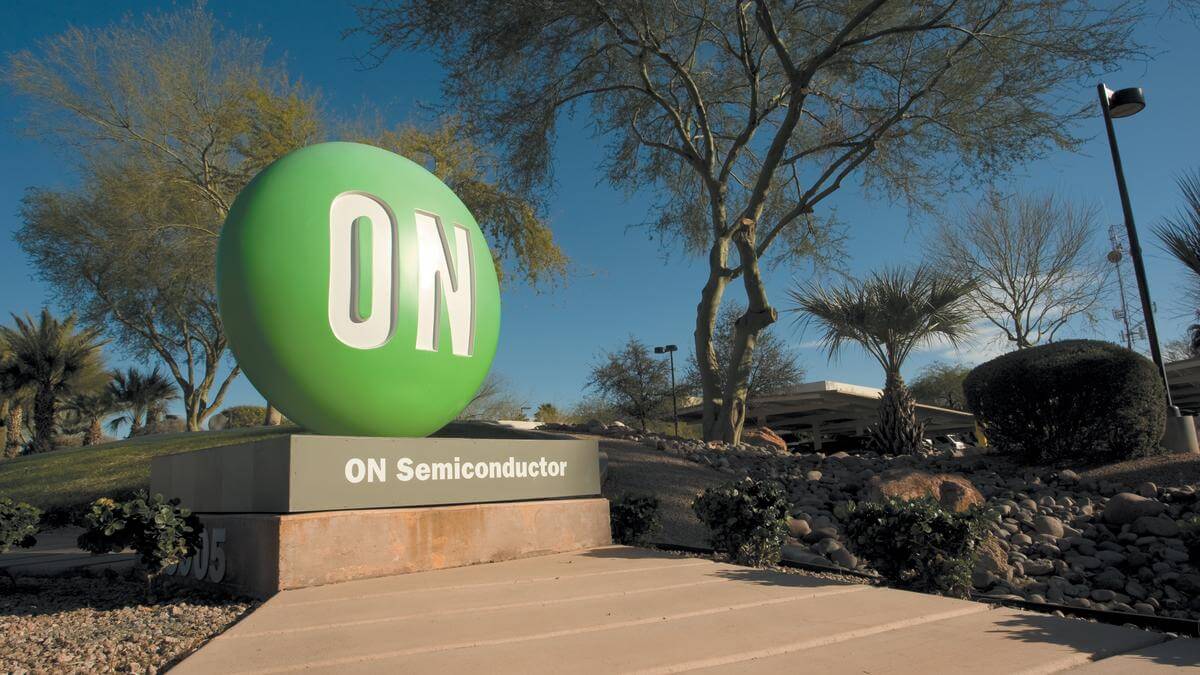

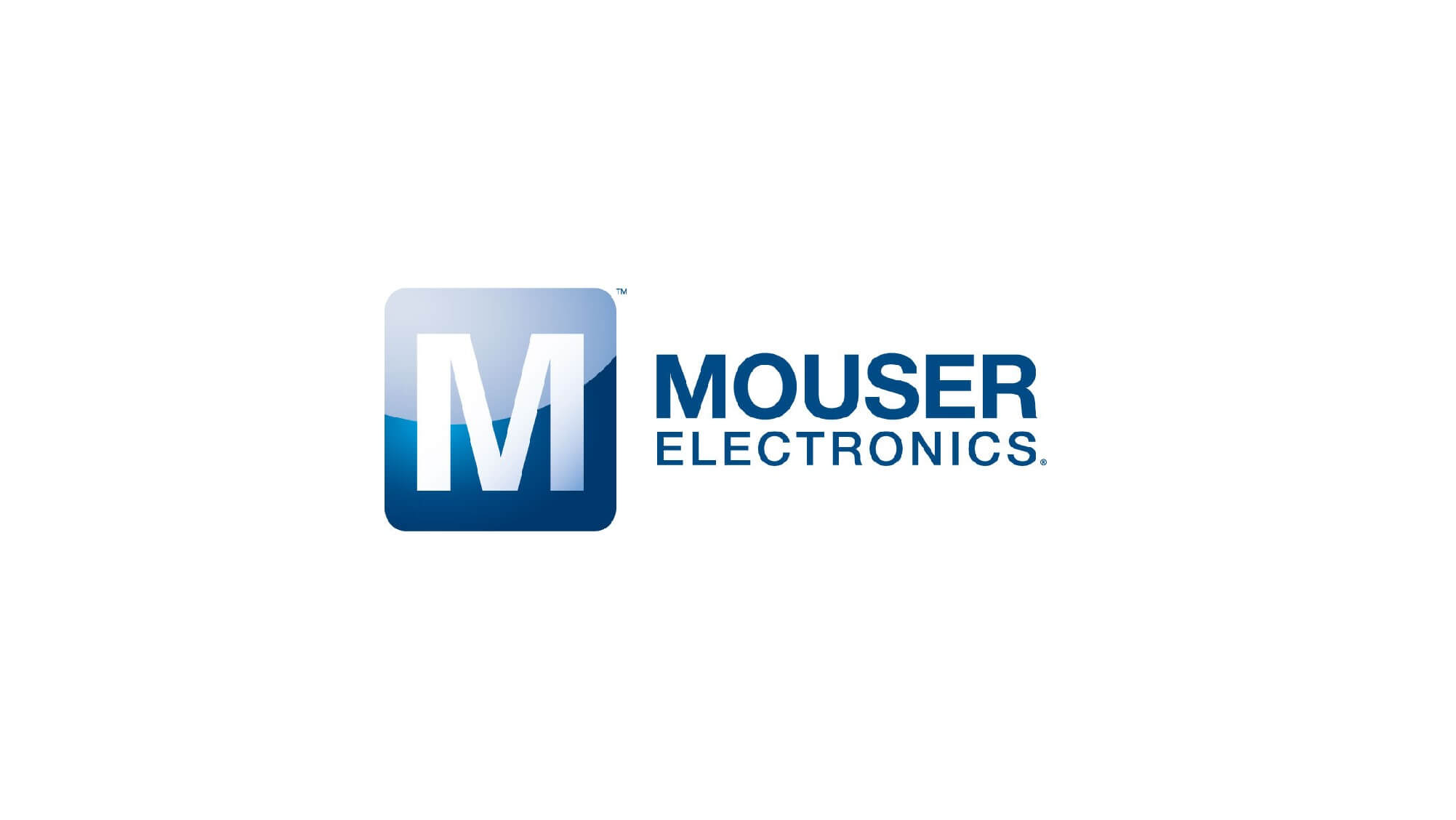


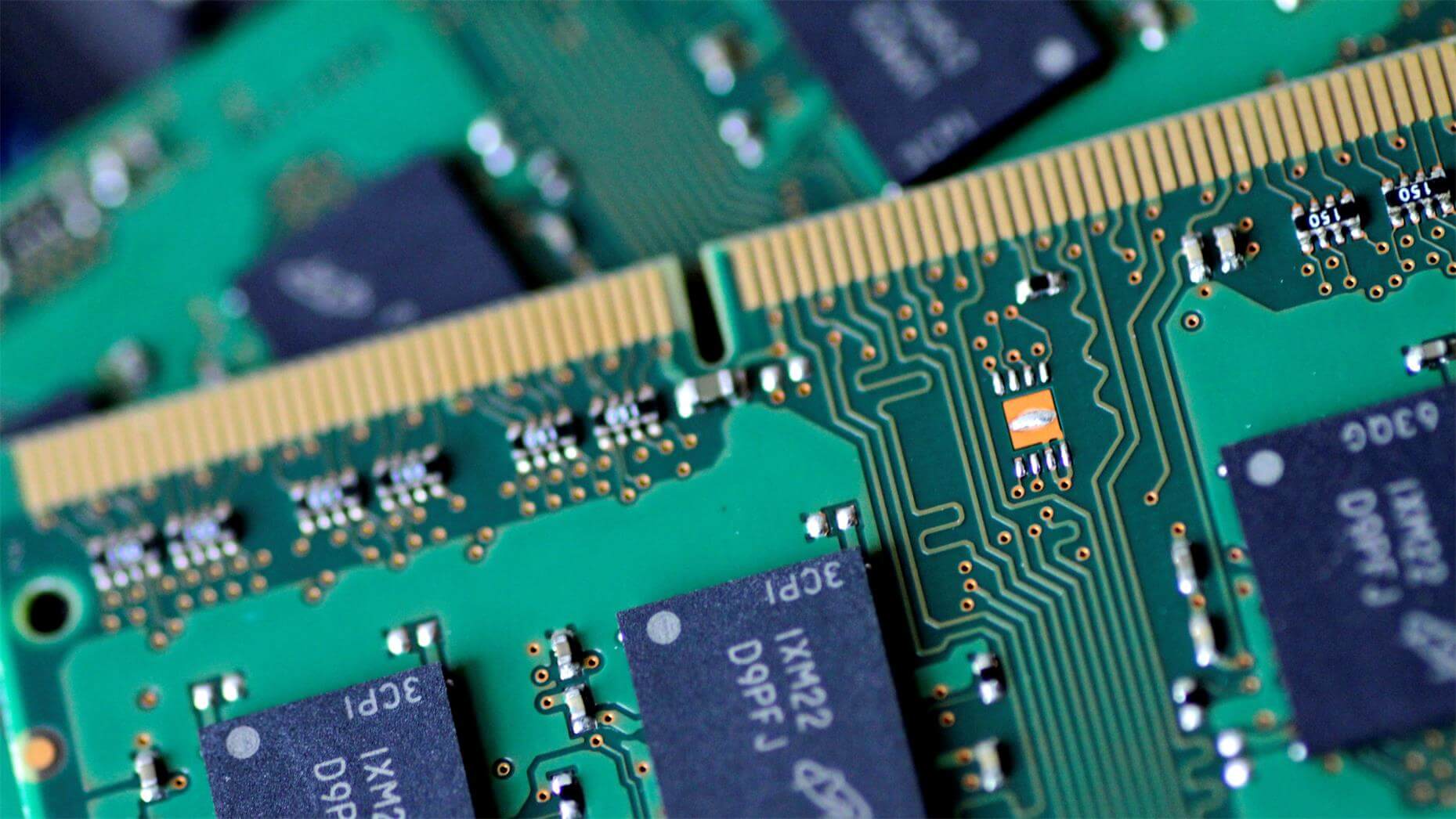


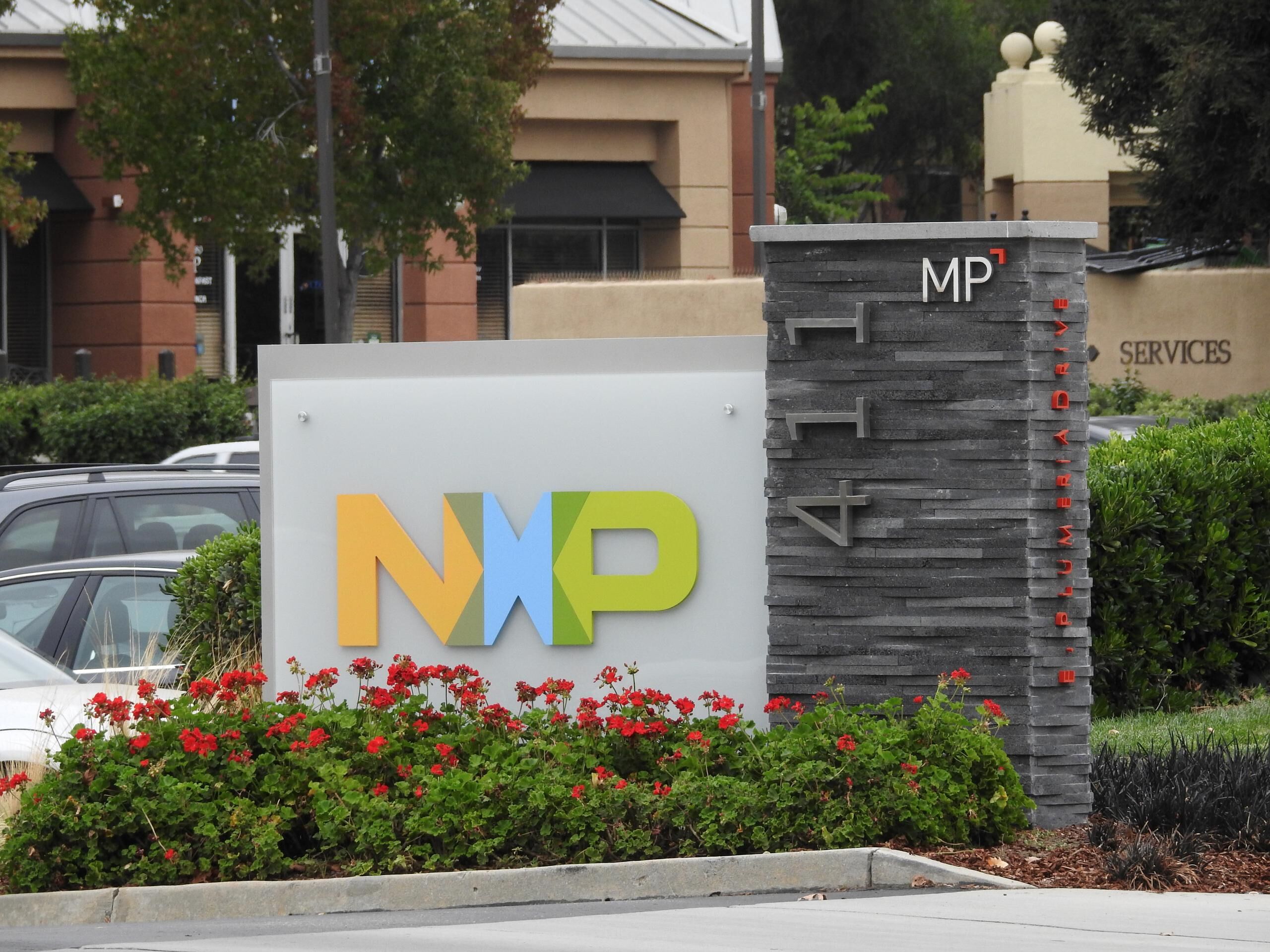
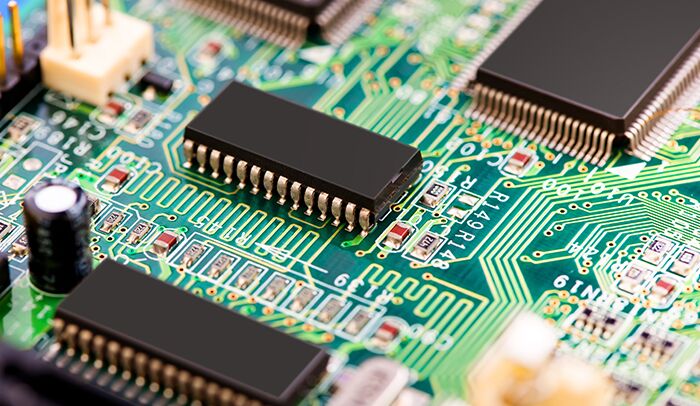

All Comments (0)